Comparing the Best Wastewater Treatment
Systems with Nyex™
With so many water treatment processes available to manage effluent, how do you select the best water technology for your application?
With so many water treatment processes available to manage effluent, how do you select the best water technology for your application?
It all starts with analysing what is in your water, the choice of wastewater management depends very much on the inlet water quality and the desired effluent quality. A water treatment plant onsite at a manufacturing facility or municipal plant usually comprises of a series of steps which are responsible for different types of contamination. For example:
Physical contaminants
Suspended solids, sediment, metals
Chemical contaminants
Industrial chemicals, pesticides, pharmaceuticals/medication
Biological contaminants
Bacteria, viruses, parasites
Water analysis must be conducted on parameters including chemical oxygen demand analysis, pH level, conductivity and turbidity to determine the steps required to clean the water.
Very often a robust final ‘polishing’ step is needed to handle the recalcitrant chemical oxygen demand and organic contaminants which persist other technologies.
Water treatment processes are deployed to manage effluent in different ways for different results. Below we discuss the pros and cons of the 10 most popular water treatment technologies and how Nyex™ can enhance or replace other technologies in a combined treatment train.
Effluent with high biological oxygen demand, chemical oxygen demand and suspended solid levels often requires industrial water equipment such as screening, filtering, clarifying, a basin for water to pass through a biological bed and sometimes coagulation and flocculation.
Nyex™ can be the best water technology to sit downstream from these steps to manage the remaining hard-to-treat organic contaminants. However, the process has also been deployed as an effective pre-treatment step to support other water solutions such as a biological bed or reverse osmosis system. This is because Nyex™ removes the chemical pollutants which could damage these processes or make maintenance of the water treatment plant more labour intensive if pollutants were to enter these systems and foul them.
Not only can Nyex™ treat final effluent, it can also manage individual side-streams of problematic used process water, making this water suitable for water recycling or enable consent to discharge as trade effluent.
TO LEARN MORE ABOUT HOW NYEX PROCESSES WORK SEE HERE.
Ion exchange is particularly useful in industrial water treatment as the process removes toxic heavy metals, certain pharmaceuticals and is also used for water softening.
The Nyex™ water technology has been deployed in conjunction with ion exchange as part of a water treatment plant because the processes target different contamination types, providing a more holistic tertiary treatment result.
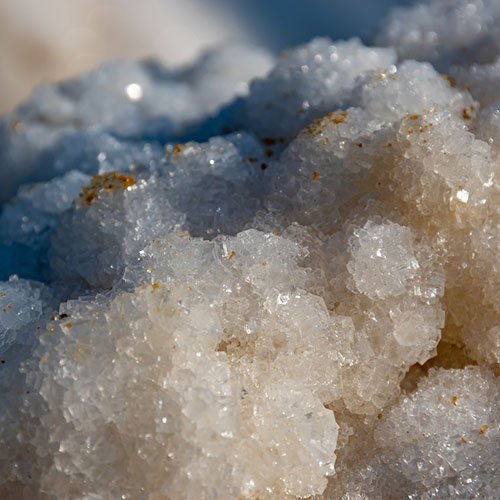
Ion exchange water treatment plants are good at removing salts (cations and anions) to produce demineralised water from groundwater, boiler feed water, industrial wastewater or RO permeate.

Ion exchange is also effective at removing dissolved metals from water such as cadmium, zinc, lead and nickel, which can be toxic.
There are lots of advantages to ion exchange as water technology, depending on your wastewater treatment requirements but make sure you read this section so you are clear on the reality of running ion exchange water treatment.
The main disadvantage of ion exchange is the fact that you regularly and frequently need to shut down the plant to do a brine backwash to remove accumulated salts, minerals and metals. This means you either face discontinuous operations or that you need another plant as duty standby, which doubles your CapEx.
Ion exchange vessels require regular inspection and unloading and loading of new exchange resins, which are disruptive to operations and mean ongoing operational costs.
The new exchange resins must be specific to the manufacturer’s specification, making switching suppliers difficult without replacing the full system.
When you shut down an ion exchange water treatment plant, you can get microbial growth which can cause flow and treatment issues when the process is restarted. This adds training, labour and operational cost.
Activated carbon absorbs pollutants into the internal structure of the carbon. Pollutant removal is effective but the process must regularly be paused and the carbon regenerated or replaced. Wastewater treatment is not possible once the carbon media is ‘spent’. At this point it is sent for incineration or landfill which has damaging environmental consequences. Despite these issues, the process is a popular water technology and is often used in industrial water treatment.
Nyex can be used before a Granular Activated Carbon process to reduce maintenance of the GAC.
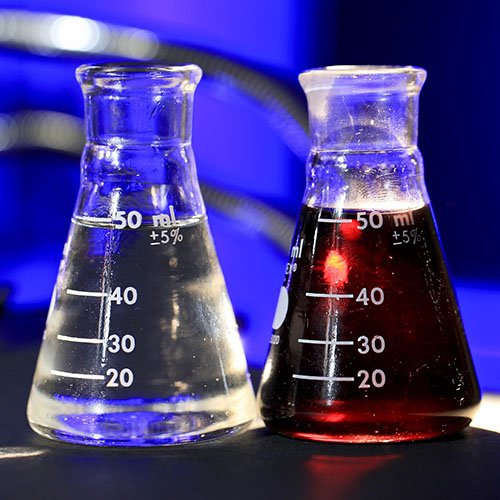
No chemical dosing is required when using activated carbon and the media itself is often made using natural materials, like wood or coconut shell.
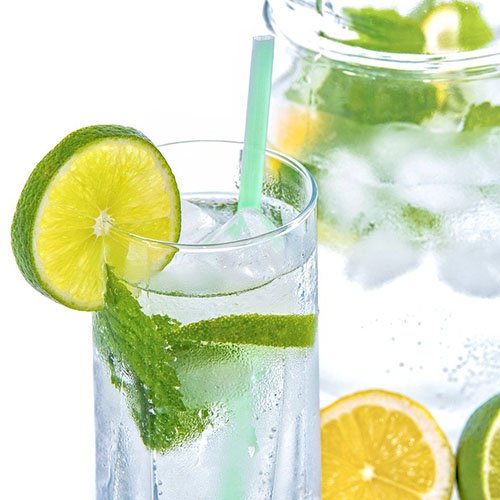
Activated carbon is often used to enhance the taste and odour of drinking water as it removes organics like geosmin and MIB, which cause these issues in municipal drinking water supplies.
GAC and PAC can cause a significant carbon footprint of which your sustainability department may not approve. This is because the effectiveness of the carbon decreases as it absorbs the pollutants. Depending on how high your COD levels are, it frequently needs to be scooped out of your treatment tank and transported offsite for regeneration or disposal, which is very environmentally unfriendly.
Operational costs can be very high in applications where chemical oxygen demand (COD) or pollutants loading is high in industrial water treatment. This is because the carbon absorbs/filters the contaminants and requires replacement once filled, which results in a regular ongoing cost.
During carbon renewal servicing, the plant is not operational so either you need to make plans to reroute the wastewater to another plant or carbon bed (double CapEx) or you need to accept discontinuous ops.
Careful maintenance of the carbon bed is required to ensure that the media is not left for too long without regeneration or replacement as this will result in the process becoming ineffective and risks COD levels or specific pollutants remaining in the effluent and causing risks of pollution and environmental fines.
An activated carbon bed provides ideal conditions for micro-organism growth which can block and inhibit treatment. However, this is not an issue when using an advanced oxidation process as hydroxyl radicals (·OH) inhibit micro-organism growth.
Activated carbon does not work on non-absorbing organics.
Ozone is a powerful oxidising agent, and as a wastewater treatment it oxidises all organics very effectively as long as the ozone is mixed effectively with the contaminated wastewater. It is well proven and is probably the most popular Advanced Oxidation Process (AOP), it is just very very expensive (CapEx and OpEx) – see below.
Sometimes this water technology is dosed with hydrogen peroxide to increase effectiveness but this can inhibit later treatment steps and render this water unsuitable for reuse.
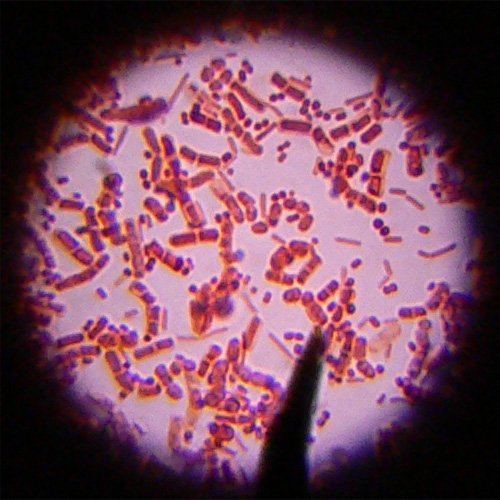
Ozone water treatment is an effective disinfectant option which achieves higher disinfection levels than chlorine dosed or UV. There is also no possibility for micro-organisms to regrow.
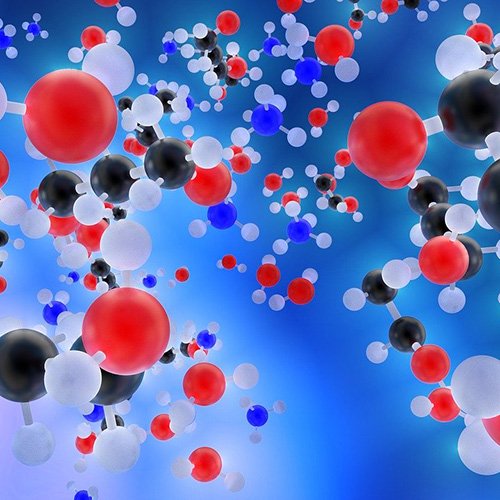
Ozone wastewater treatment oxidises inorganic and organic contaminants with both ozone and hydroxyl radicals when dosed with hydrogen peroxide.
Ozone systems have an extremely high capital cost due to the high risk associated with ozone gases, systems must be highly automated and robust.
The operational costs of running an ozone water treatment plant is also extremely high. It typically uses 10kWh per kg of ozone. Furthermore, oxygen is expensive to buy. If you choose to make your own ozone processing oxygen from the air, you only end up with 4% of the volume as ozone, so not efficient. On top of that, ozone has a half life of 12 minutes so your plant needs to use the ozone within 5 minutes of the ozone being produced for any kind of efficiency to be achieved.
The biggest challenge for your ozone plant is how to get the ozone into the water evenly and with small enough bubbles so you maximise the treatment time period. Typically the diffusers get blocked by contaminants, which causes large areas of the treatment tank which is left untreated.
One of the main drawbacks with an ozone AOP is that it requires complex chemistry tailored to each specific contaminant.
Ozonation towers have a transfer efficiency of 50-70%, so you almost always need another water treatment plant downstream of the ozone plant.
An ozone system contains fatal concentrations of ozone, which means that detectors and careful safety procedures are essential. This takes time in monitoring the system, planning for accidents, training site staff and costs for relevant insurances. Ozone treatment also relies on the usage of liquid oxygen, which is highly flammable and must conform with facility fire safety requirements.
During treatment, ozone can produce harmful by-products such as bromate, which as a carcinogen is often more harmful than the original pollutant.
Traditional advanced oxidation processes (AOPs) such as Ozone + Hydrogen Peroxide (O3/H2O2) rely on the generation of hydroxyl radicals from the H2O2, which acts as an oxidizing agent for the process. The limitation is that the hydroxyl radicals created are nonselective – they can be used up when they ‘scavenge’ other water quality parameters such as organic matter, turbidity, alkalinity, and nitrite. This reduces system effectiveness during oxidation of contaminants and means that inlet water must be of a very specific quality for the process to be effective.
Filtration is a necessary step in most industrial water treatment applications. Different sizes of filter remove particulate matter and certain contaminants. But the issue is that filtering the contaminants just moves the problem – you still have the more concentrated toxic filtered sludge to deal with.
The Nyex™ technologies can be used in combination with different types of filters to protect the filters from hazardous chemicals as necessary.
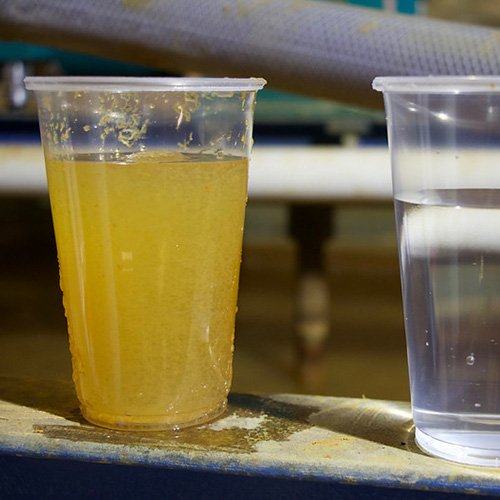
Water filtration is good for removing suspended particles in effluent and pre-treating the water for further treatment using an AOP or disinfection process. Pollutants are captured by the filters which could otherwise inhibit treatment steps which sit further downstream.
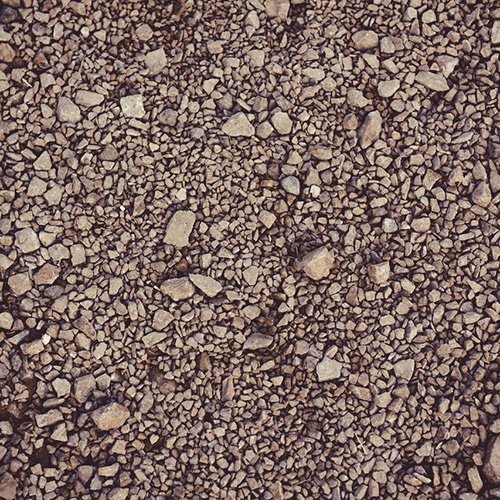
Filters are very straightforward to use and are cost-effective as the natural options like sand or gravel are very cheap to purchase.
Not all contaminants or bacteria are captured by a filter process. Smaller particles pass through the membrane, requiring an additional water treatment process.
If filters in an effluent treatment plant are not sufficiently maintained, they will clog and become ineffective for the removal of suspended particles. The maintenance periods must be carefully considered dependent on the fluctuating levels of pollutants in the passing wastewater. The maintenance can sometimes be disruptive to treatment and require staff training.
Fenton (Fenton’s reagent) is a proven water technology which relies on chemical dosing. Using Fenton for wastewater treatment is often a last resort as the process produces a toxic sludge which requires specialist treatment or incineration, with severe environmental consequences.
The Nyex™ systems are a chemical-free alternative. Our process uses adsorption with electrochemical oxidation with no dosing. There is no secondary waste or sludge to manage, which is better for CSR and OpEx.
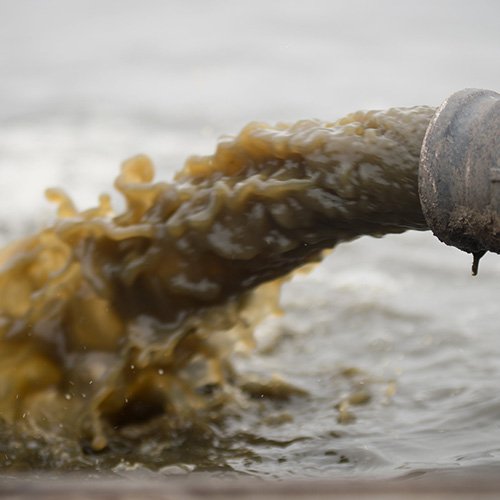
The Fenton process can cope with higher Chemical Oxygen Demand (COD) levels. In fact, the higher the COD, the more effective the treatment, but of course you need more chemicals so OpEx costs rise.
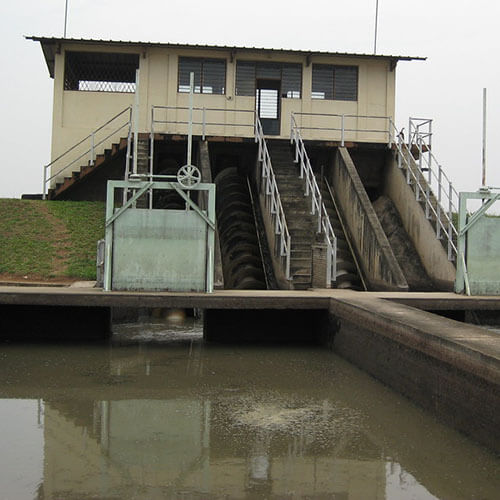
Fenton process operates at room temperature and atmospheric pressure.
The ongoing cost of water treatment chemicals to run the Fenton process is high. Moreover, as governments clamp down on wastewater treatment processes which produce by-products like sludge, the recurring cost to remove and dispose of the sludge is also increasing.
The formation of toxic sludge from the Fenton process must undergo specialist treatment by a third party, often requiring incineration or landfill. This has negative environmental implications which can damage a company’s reputation and hinder environmental strategies.
UV AOP (ultraviolet advanced oxidation process/UV oxidation) is a water treatment solution which combines the disinfection qualities of UV light with an oxidising agent (hydrogen peroxide). Hydroxyl radicals produced by the H2O2, act as an oxidizing agent for the process.
UV oxidation can be inhibited by the turbidity (colour) of the water, and therefore prove ineffective against certain industrial effluents. Nyex™ provides a proven solution against turbid water and can be used in front of UV AOP to increase efficiency.

UV AOP can mineralise organics into stable organic compounds like H₂O and CO₂ and does not produce secondary wastes like sludge.

UV AOP is an industrial wastewater treatment process requiring low retention times in comparison with conventional technologies due to the fast reaction rates and high oxidation potentials of the oxidants.
Dependent on the pollutants in need of treatment, the chemistry of the system can be complicated. This requires specialist training and ongoing maintenance which increases treatment costs.
The dosing of hydrogen peroxide can present negative impacts on later treatment steps and render the treated water unsuitable to be reused.
The effectiveness of this water treatment is a function of how well the H2O2 is mixed. It needs to be uniformly distributed into the treatment tank so that it has a chance to react with all the contaminants.
Hydrogen peroxide used to dose a UV system but this is a dangerous oxidant to store and use. It requires COSHH training and careful operations, which adds expense.
Once the contamination level has been reduced, then the random nature of the hydroxyl radicals inhibits the ability of this process to further treat the contamination. This is because as the concentration of contaminants reduces, the short-lived hydroxyl radicals may not ‘bump into’ a pollutant compound before they disappear. To achieve low levels of reduction you need more hydroxyl radicals which adds cost.
Reverse osmosis (RO) uses pressure to force water through a partially permeable membrane to separate contaminants. Unfortunately, the contaminants are not destroyed during reverse osmosis but instead, the concentrated pollutants that do not pass through the membrane are routed as a reject stream. This reject always requires additional specialist treatment or is trucked off-site for incineration, which is damaging to the environment.
RO works really well, but the filters block, causing lots of downtime. It is high CapEx and high OpEx – see below. Nyex can be positioned to treat either the RO reject stream or the RO inlet to prolong the life of the membranes and prevent downtime.

Reverse osmosis water treatment has the capacity to remove many contaminants from wastewater without the addition of chemicals.
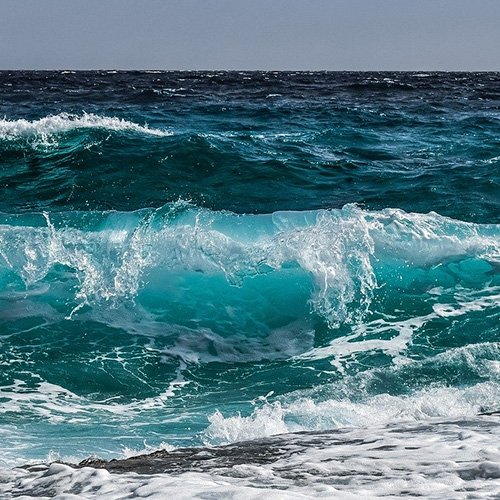
One of the most important applications for RO filtration is the separation of seawater or brackish water and salt to produce safe potable water.
Reverse osmosis (RO) systems are high CapEx and high OpEx. They pump water at very high pressure through the filters which are made out of material similar to drum skins.
Reverse osmosis systems in general are very high maintenance. Water must be pre-treated to protect the filters from clogging. Despite attempts to protect the filters, the reality is that they do clog, and when they do, they are expensive to service or replace.
Although reverse osmosis treats water without chemical dosing, biocides are used to clean the filters and to prevent bacteria from becoming trapped in the membranes (biofouling).
The reject stream from an RO system contains twice the amount of salt as seawater which is often disposed of back to the ocean, with untold impacts on the ecosystem.
Coagulation and flocculation are used to treat effluent; the addition of a coagulant causes the formation of a ‘floc’ which traps pollutants and suspended solids. They can then be removed from the water through separation.
Coagulation and flocculation are commonly used as secondary wastewater treatment methods and work really well as a pre-treatment stage with Nyex™ systems.
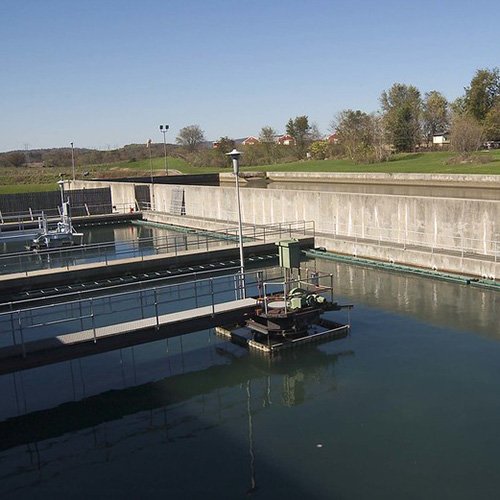
Coagulation and flocculation reduces the time required to settle out suspended solids by allowing them to group into a floc for easy removal.

Coagulation is an effective method to remove some (not all) bacteria, viruses and small particles which may otherwise be difficult to remove.
The floc forms into a sludge which then requires specialist treatment by a third party, involving incineration or landfill which are both damaging to the environment.
Coagulation and flocculation in wastewater treatment involves chemical dosing – this carries ongoing costs to buy the water treatment chemicals, training and health and safety assessments.
The process requires accurate chemical dosing and careful monitoring in order to remain effective. This may be an unsuitable wastewater treatment method if the inlet water quality fluctuates often. Factors like the type of chemical, mix amount and pH level will need to be amended and will often require a desktop ‘jar test’ to check performance.
Water disinfection is used to kill pathogenic micro-organisms and stop their reproduction. This is particularly important in drinking water applications. Water disinfection can be split into two types: chemical and physical. We are looking here at chemical disinfection using chlorine, chlorine dioxide, ozone, alcohols, detergents, hydrogen peroxide. Some of these chemicals also remove COD from water.
Other chemicals added to water during the process of making it safe to drink are sodium hydroxide to adjust the pH level and, in some cases, chemicals for fluoridation.
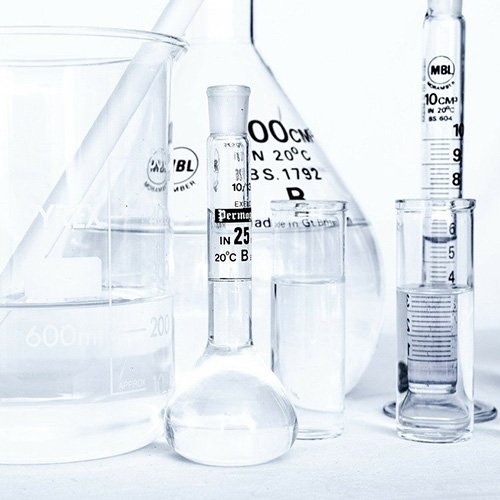
Disinfecting water prevents the spread of waterborne infections by killing pathogens such as bacteria, viruses and parasites. It is a widely adopted method for residual disinfection and relatively simple to do.
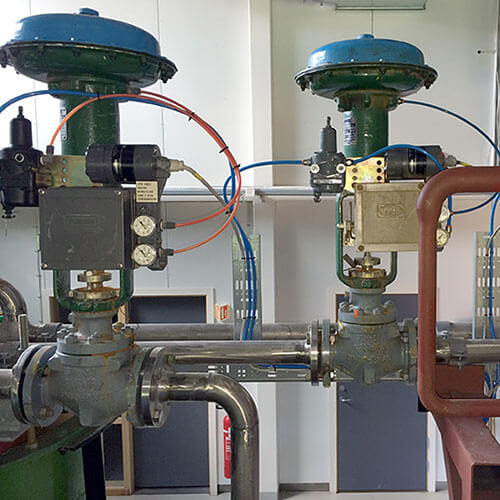
Monitoring chemical dosing takes time and careful ongoing monitoring, but it is possible to get a very accurate picture of the water quality. This suits public health requirements and is one reason why this method is widely used.
If bacteria are not completely removed, they can remain active and re-contaminate the water after time. This means that often a second disinfection step, like dosing chlorine, is required after a physical disinfection so that bacteria do not re-grow in water as it is distributed around a water supply network.
When a chemical disinfection step is adopted, this can sometimes leave a residual taste and odour in water, causing issues for consumers.
Biological wastewater treatment is a secondary effluent treatment step which removes pollutants which remain following primary wastewater treatment. A biological process relies on micro-organisms to naturally break down organic wastes from water.
If there is phenol or other hazardous chemicals which will kill the bugs, Nyex can be positioned in front of the biological process to remove the phenol, protecting the process.
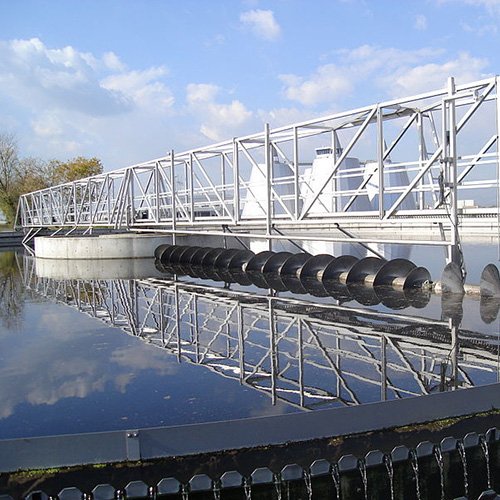
Anaerobic biological wastewater treatment is an oxygen-free process which also produces biogas. This means that the operator can use the gas for fuel or heating purposes, such as cooking.
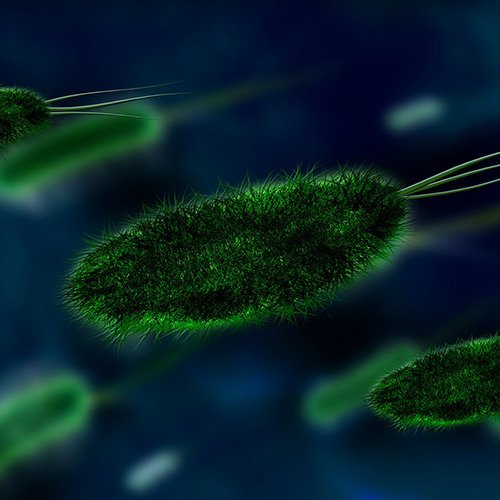
On the whole, biological treatment is a fairly cheap process to run.
Biological wastewater treatment is a slow process and often has a large footprint, particularly anaerobic digestion.
Aerobic treatment requires aeration which can consume high energy levels to operate.
This process also produces bio-solids/sludge which requires specialist disposal, which often involves incineration and landfill, which has negative environmental impacts.
Although biological treatment can remove a range of organic contaminants, residues of some chemicals and pharmaceuticals remain in effluent following treatment.
The inlet water to a biological process must also be carefully monitored as there are some organic contaminants which can damage biological systems, making them ineffective. This is where we can help, removing chemicals like phenol to protect bugs.